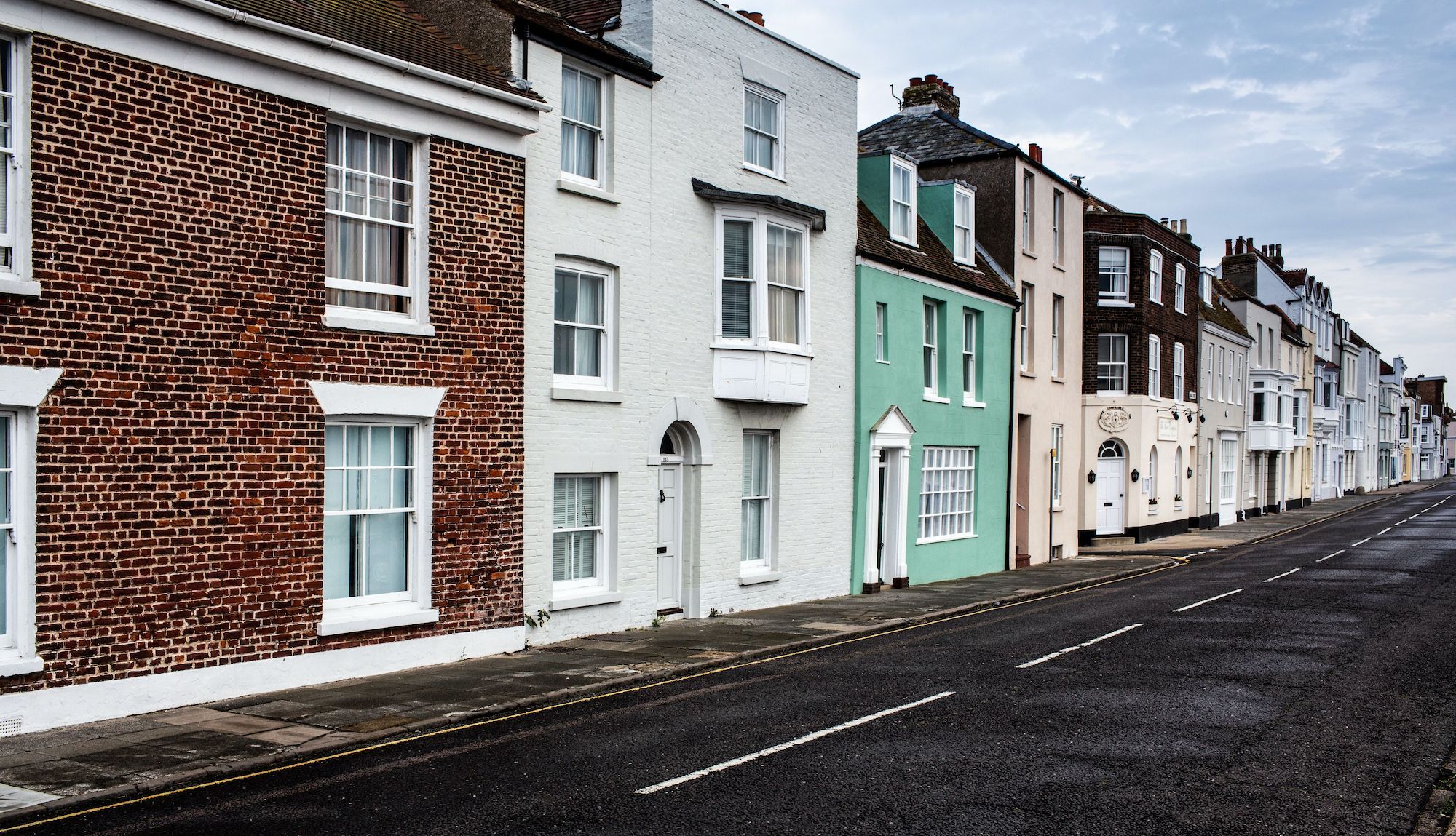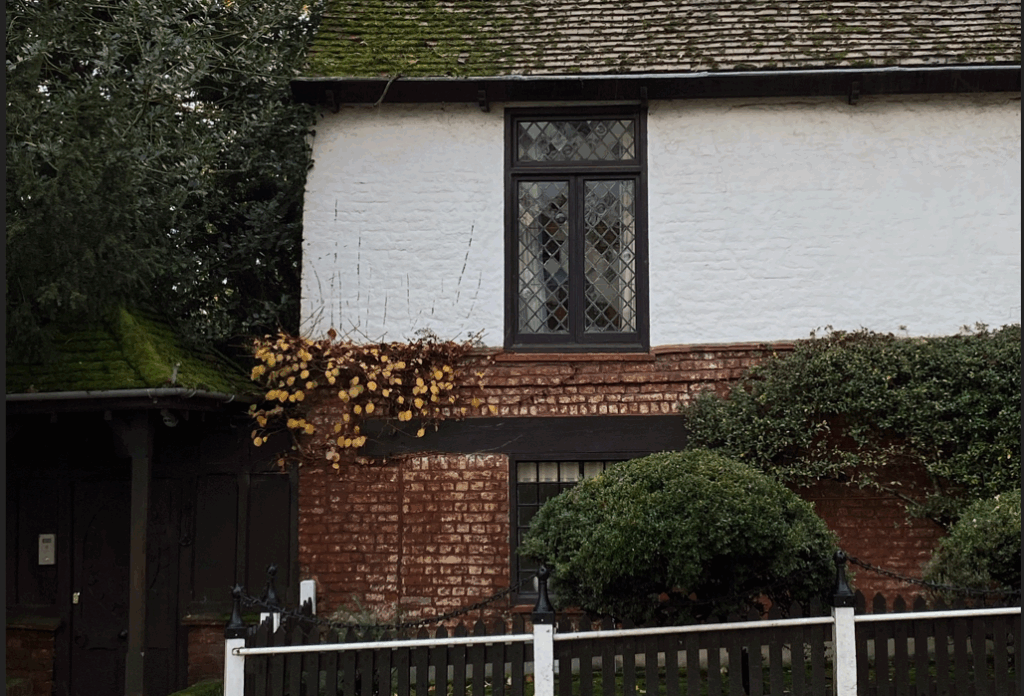
Help to Buy vs. Shared Ownership
The average price for a first home in the UK now stands at over £207,000 according to Halifax.
The average price for a first home in the UK now stands at over £207,000 according to the Halifax First Time Buyer Report, and this is paid for with £33,000 in savings and £174,000 from a mortgage. To get a mortgage of that size on average requires an income of over £48,000. And these are just the averages nationwide – in some areas such as London and the South East, the problem is much more acute.
If this doesn’t sound achievable for you, and you don’t want to carry on renting, what are your options? We give some of the pros and cons of the two most popular government-backed schemes below.
Table of contents
1. Help to Buy equity loan
This has proved to be a popular offering with first-time buyers. The government provides an equity loan of 20% of the property, with zero interest for 5 years. What an equity loan means is that the repayment amount is not a fixed amount, but increases or decreases with the current market value of the property.
The good points are that there’s nothing to pay for 5 years, and because it means you need a smaller mortgage, you may be able to get a better deal.
As for negatives – our customers tell us one of the major reasons they don’t use it is that it’s only available with new build properties. This could be fine if you find a development that meets your needs, but of course, your options are limited compared to buying an open market property. With new build properties, it’s worth keeping in mind that in the past they have sold at a premium price when times are good (like now) and sold at a big discount when the market turns.

2. Shared ownership
Shared ownership has been around for a long time, but it’s undergoing somewhat of a resurgence as people realise it could be a big help in addressing the affordability constraints of first-time buyers. As the name suggests you buy a share of a property (typically between 25% and 50%) and a housing association owns the rest. You buy your share by saving a minimum of 5% and getting a mortgage for the rest. Then overall you’ll pay interest and repayment on the mortgage, and rent on the part you don’t own.
The good points are that it provides an intermediate step between renting and owning outright – it’s much more accessible than buying on your own, and you have the ability to increase your ownership to 100% as you save money (known as ‘stair casing).
So what are the reasons not to do this? First and foremost it’s not guaranteed that you’ll be able to get a shared ownership property. There are many more applications than there are properties – at StrideUp we’ve dealt with customers who have been on shared ownership waiting lists for over 2 years! Secondly, it’s worth researching well what your overall costs will be – whilst the rent is typically set at an affordable level, the service charges might be high and there are likely to be significant admin fees for actions such as stair casing and registering improvements.
At StrideUp we see a lot of customers who love the concept of shared ownership but want a more flexible arrangement. In other words, they like the affordability aspect, but want the freedom to buy any open market property. We want to make housing affordable, but we recognise the importance of finding the right home for you.
YOUR PROPERTY MAY BE REPOSSESSED IF YOU DO NOT KEEP UP THE PAYMENTS ON YOUR PURCHASE PLAN.




